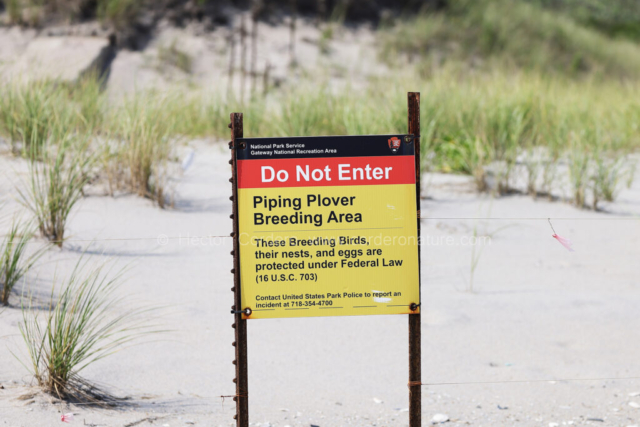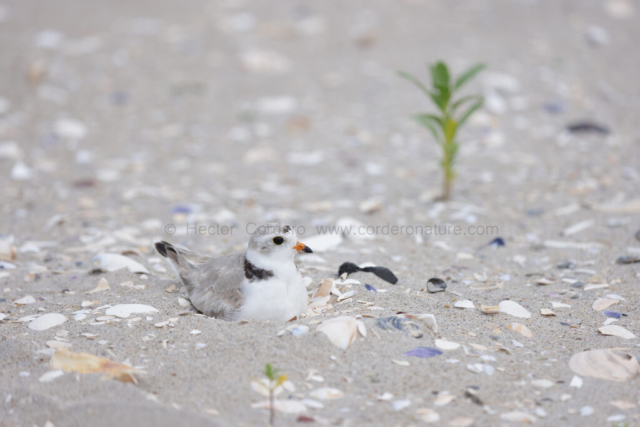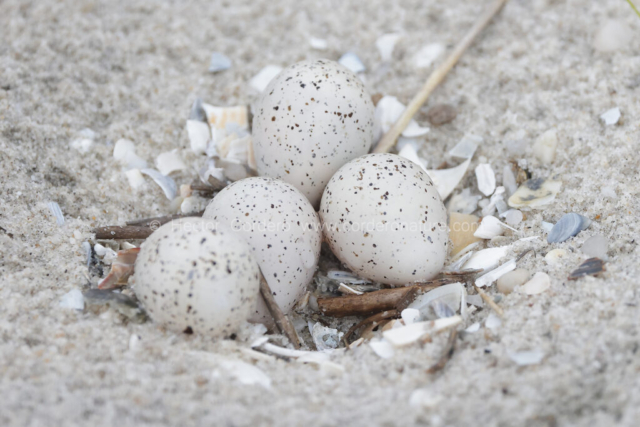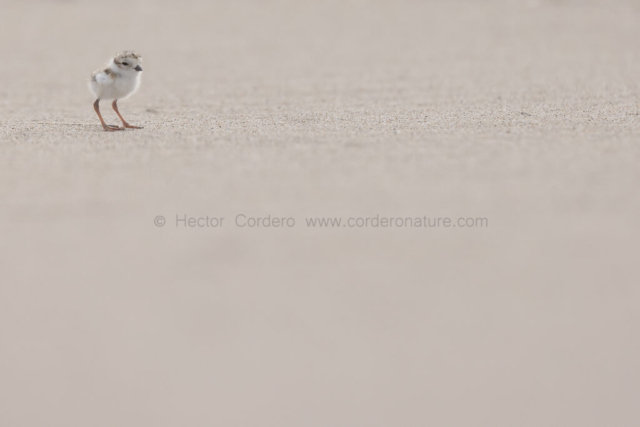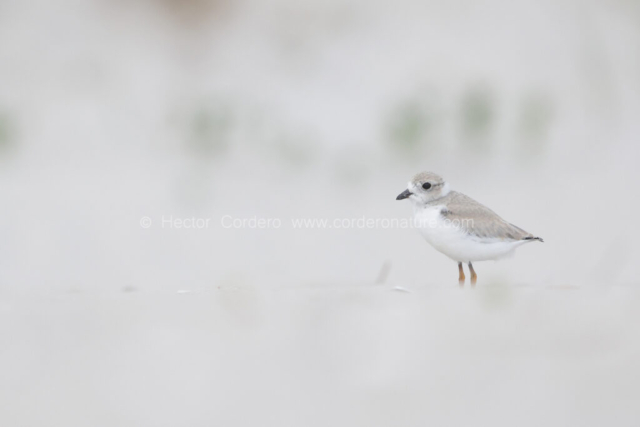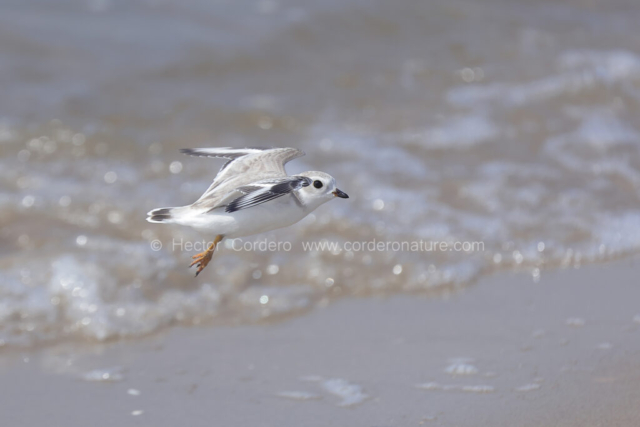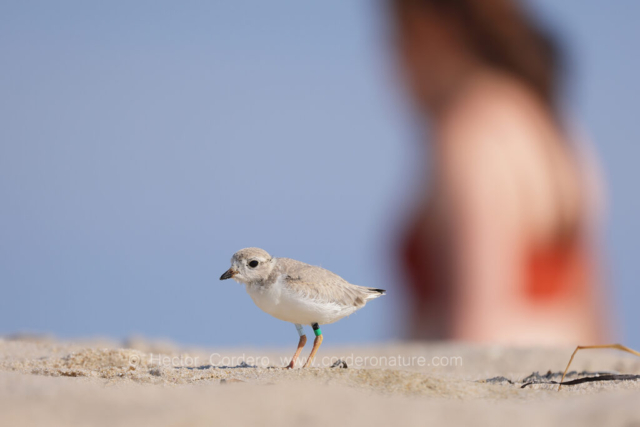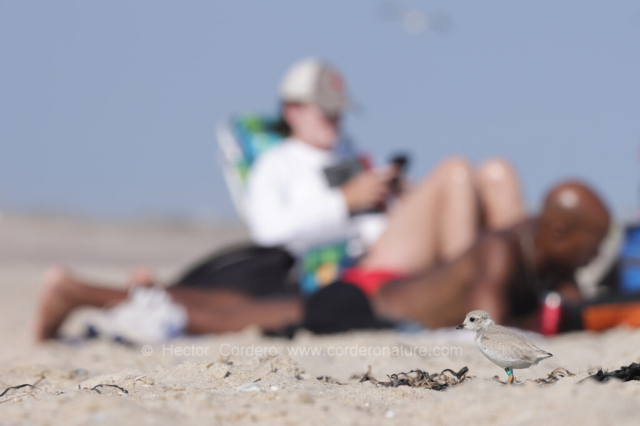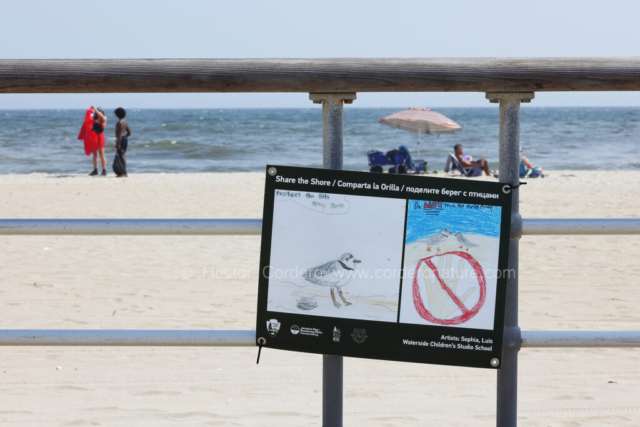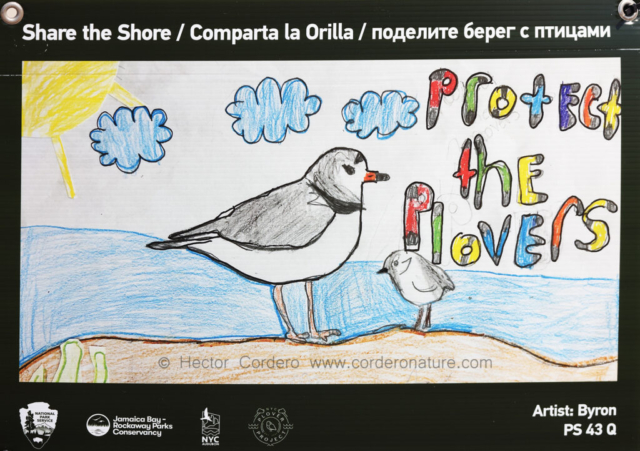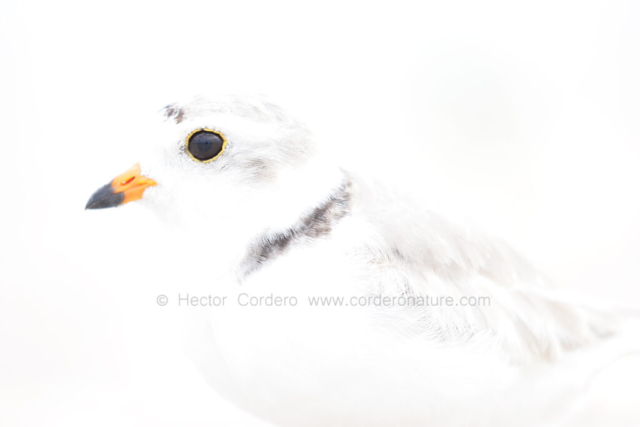piping plovers:
CONSERVATION AND EDUCATION
Piping plovers (Charadrius melodus) are small migratory shorebirds that breed in coastal beaches and dunes of North America. During the breeding season, they create shallow scrapes in the sand for their nests, which are usually lined with small pebbles and shell fragments. The chicks, once hatched, are precocial, which means they are relatively independent and can feed themselves shortly after hatching. But they are also flyless and very vulnerable during the first months of life. In fact, no more than 8,000 individuals of this species remain on the planet.
The five main causes of the decline of Piping Plover populations are:
Habitat loss: since beaches and dunes are developed for tourism, housing, and other purposes, the available breeding areas for the Piping Plovers become limited.
Nest disturbance: Piping Plovers build their nests on sandy beaches and dunes, making them vulnerable to disturbance from human activities on beaches, pets, and off-road vehicles.
Predation: nest predators, such as foxes, raccoons, gulls, and crows, can have a significant impact on Piping Plover populations.
Climate change: rising sea levels, changing weather patterns, and increased storm frequency and intensity associated with climate change can negatively affect coastal habitats and nesting sites.
Pollution: oil spills, plastic waste, and marine debris, can contaminate coastal habitats and affect the availability of food for the birds.
In New York, the National Park Service, Jamaica Bay – Rockaway Parks Conservancy, NYC Audubon and NYC Plover Project are dedicated to the conservation of piping plovers and their habitats. These efforts include monitoring nesting sites, implementing protective measures during the breeding season, and engaging in outreach and education to promote their conservation. These conservation efforts are vital to ensure the Piping Plover population in the years to come.
Text and photographs by Hector Cordero

